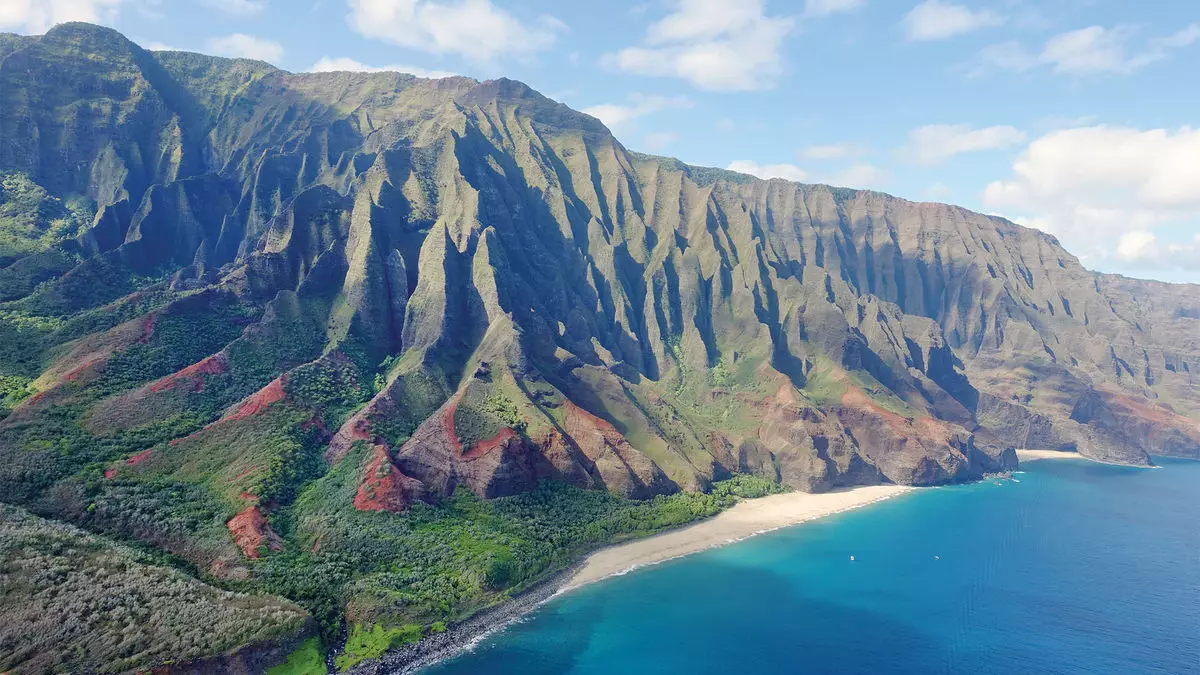The U.S. helicopter sightseeing industry, while providing breathtaking aerial experiences, has a dark history of crashes and fatalities. While thankfully crashes are rare, the consequences when they do occur are tragic and devastating. One recent incident involved a Robinson 44 helicopter that crashed into the ocean along the Napali coastline of Kauai, claiming the lives of the pilot and two passengers. This particular doors-off tour, conducted by Ali’I Kauai Air Tours and Charters, is believed to have succumbed to strong easterly winds. Unfortunately, this crash is not an isolated incident, as data from the National Transportation Safety Board (NTSB) shows that since 1983, there have been 246 commercial helicopter sightseeing crashes in the U.S., resulting in 188 deaths and 115 serious injuries. These alarming statistics paint a concerning picture of the industry’s safety record, especially when compared to commercial airline travel that has not seen a fatal crash since 2009.
Lawmakers have taken note of the need for stricter regulations within the helicopter sightseeing industry. In response to this pressing issue, the 2024 FAA Reauthorization Act now mandates enhanced regulations for doors-off operations, set to be implemented within three years. Additionally, the Federal Aviation Administration (FAA) recently issued a regulation requiring air charter operators to develop comprehensive safety plans similar to those enforced in commercial airlines. While the majority of helicopter tour operations are incident-free, it is evident that there is always room for improvement in ensuring the safety of passengers and crew.
Keith Cianfrani, an independent safety consultant who conducts audits of helicopter tour operations in various locations, emphasizes the importance of choosing operators that align with recognized safety organizations. Subscribing to programs such as the Tour Operators Program of Safety (TOPS), the International Standard of Business Aircraft Operations (IS-BAO), or the Vertical Association International (VAI) signifies a commitment to upholding rigorous safety standards. Travel advisors and passengers are advised to prioritize operators that hold certifications from reputable safety organizations. Cianfrani underscores the significance of auditing operations, maintenance practices, pilot experience, and overall safety culture when assessing tour operators. Details such as ensuring passengers do not wear hats due to potential rotor hazards and evaluating the suitability of management positions within the company are also crucial aspects of safety assessments.
Aviation litigation specialist Ladd Sanger recommends avoiding open-door tours, which operate under regulatory loopholes intended for professional aerial photography. Sanger stresses the importance of understanding the regulatory authority under which a company operates, as differences in certification requirements can impact safety standards significantly. While Part 91-147 operations necessitate only a letter of authorization from the FAA, achieving Part 135 air charter certification involves more stringent training, maintenance, and operational standards. Sanger further advises against utilizing piston helicopters like the Robinson 44, citing their lighter and less powerful characteristics compared to turbine-powered counterparts. Prioritizing safety and adherence to regulatory standards is paramount in mitigating risks associated with helicopter sightseeing tours.
The U.S. helicopter sightseeing industry faces challenges in ensuring the safety of passengers and crew members. By implementing stricter regulations, adhering to recognized safety standards, and making informed decisions when choosing operators, travelers and advisors can contribute to a safer and more secure helicopter tour experience. The collective efforts of industry stakeholders, regulatory bodies, and safety experts are essential in fostering a culture of safety and reducing the likelihood of tragic incidents in the future.


Napsat komentář